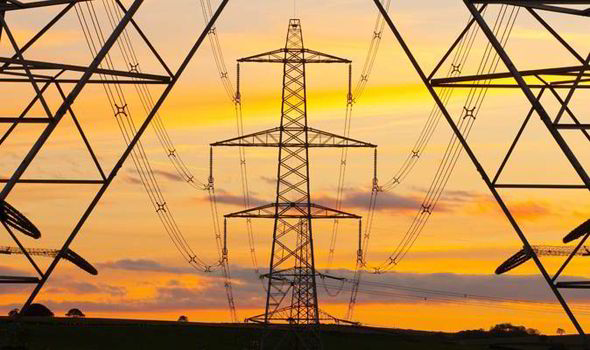
2015 was the year of the small energy supplier, with nearly half of all energy provider switchers leaving the Big Six opting to try out a smaller supplier.
Companies such as Ovo Energy, First Utility and Extraenergy all saw their customer numbers increase in 2015. So, what has caused this switch mania? Has the UK consumer finally realised how easy it can be to switch and how much money they can save? Let’s break down the figures and look at where the clever money is going.
Switch Winners and Losers
Of the big six energy suppliers – British Gas, EDF, E.On, Npower, Scottish Energy and SSE – almost all were losers in the last roundup of switching figures.
The exception was British Gas, who won overall, with their attractive Collective Fix tariff attracting 31% of switchers. This tariff fixes energy prices until November 2016, and saves the average household £392.80. British Gas also distinguished themselves in 2015 by being the only big supplier to pass on wholesale energy price reductions to customers.
Extraenergy attracted 29.4% of switchers. Their Clear Fixed Price y5 tariff provides excellent value for money, although surprisingly few switchers opted for this tariff, suggesting its other offerings were equally attractive for different reasons.
Savvy energy shoppers are perhaps looking for more bargains year to year, rather than opting for long term fixed tariffs. Their Fresh Fixed Price Dec 2016v8 tariff was their most popular, attracting 10.82% of switchers, who saved an average of £244.
Next in line were First Utility and Ovo Energy, who both did well in the switch wars, gaining 9.28% and 8.04% respectively. First Utility’s iSave Fixed December 2016 v5 tariff attracted 8.18% of switchers, with an average saving of £281.61.
Ovo Energy’s Better Energy Fixed (All Online) tariff attracted 5.44% of switches, and saved an average of £316.12.
It wasn’t all good news for smaller energy companies however – 9.3% of switchers moved from one smaller supplier to another, and 7.9% left a smaller provider and opted for a big six supplier. A smaller supplier – Co-operative Energy – also received the highest ever number of customer complaints in 2015, when they updated their systems and left hundreds of customers fuming when they became locked out of their accounts. Teething problems are inevitable with such a rapidly expanding market, but they do add to consumer anxiety about switching.
Despite strong figures, British Gas also had the second highest number of customers switching away from it, at 15.53%. The biggest loser from the big six energy companies was E.on, who lost a staggering 24.63% of switchers.
Energy Switching Guarantee
The recent government call for an energy switching guarantee shows there is an increasing willingness to safeguard consumers who opt to switch.
One of the biggest obstacles to switching is consumer fear about continuity and billing, with people understandably concerned about the upheaval of changing. A recent poll found that 27% of consumers would be more likely to switch energy providers if they had a guarantee such as the current account switching guarantee.
A government-backed guarantee would, some industry experts believe, lead to a real shake up in the energy market, with more and more people taking the plunge and switching. This would certainly make for a more competitive market, and perhaps finally see some of those lower energy costs passed on to long-suffering consumers.




